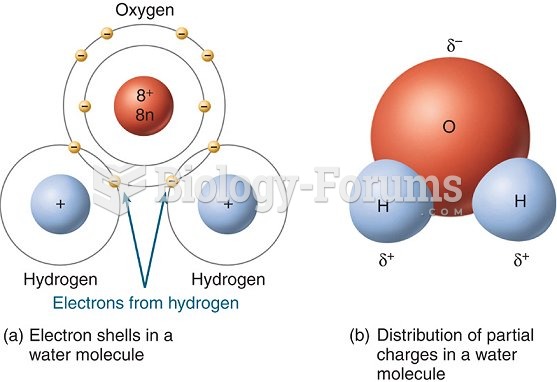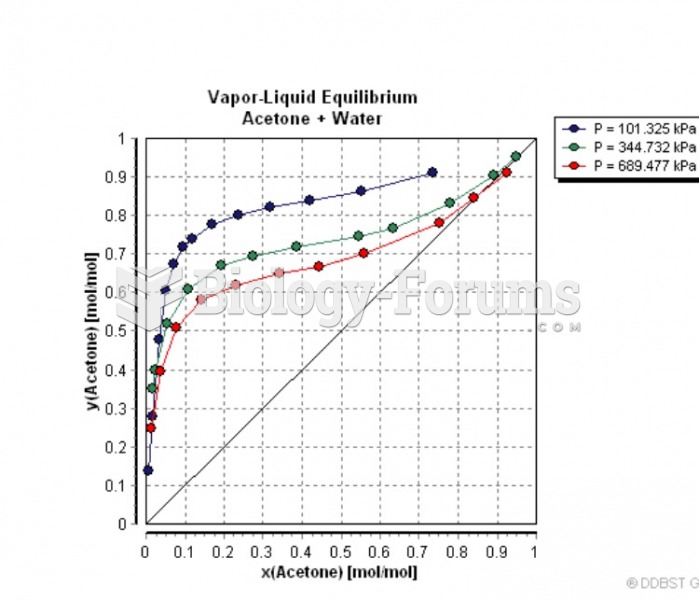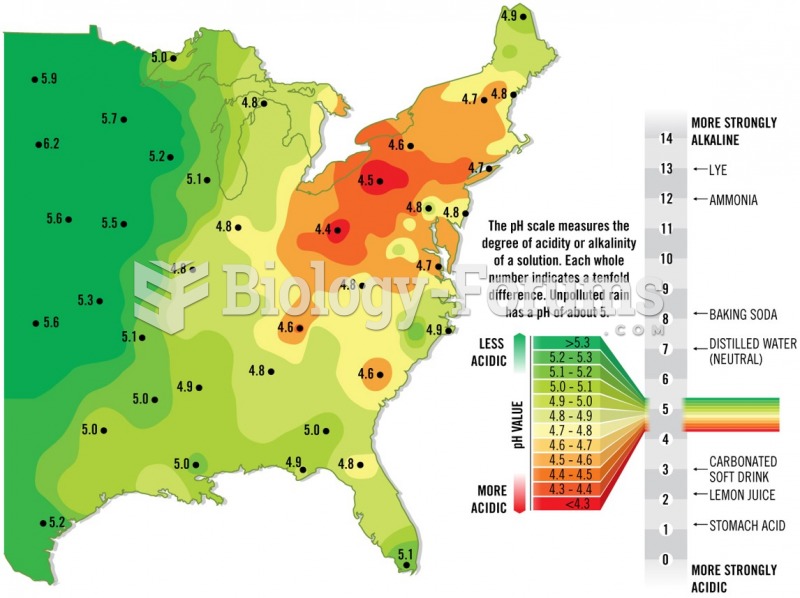Answer to Question 1
Answer: C
Answer to Question 2
Answer: The atmosphere is constantly stirred by temperature and pressure differences that mix air both vertically and horizontally. As it moves from one place to another, air carries with it various wastes. The more waste we discharge to the atmosphere, or the less the air circulates, the greater the concentration of pollution. Although air pollution can be found everywhere on Earth, the worst problems are in densely populated areas because large quantities of pollutants are discharged into the air. The problem is aggravated in cities when the wind cannot adequately disperse these pollutants. Some of the main components of urban air pollution include carbon monoxide, hydrocarbons, and particulates.
Carbon monoxide (CO) caused by incomplete combustion of fossil fuels. Breathing CO reduces the oxygen level in blood, impairing vision and alertness and threatening persons who have chronic respiratory problems. Hydrocarbons also result from improper fuel combustion, as well as from evaporation of solvents as in paint. Hydrocarbons and NOx in the presence of sunlight form photochemical smog, which causes respiratory problems and stinging in the eyes. Particulates include dust and smoke particles. You can see particulates as a dark plume of smoke emitted from a smoke stack or a diesel truck, not a white plume, which is mostly condensed water vapor. Many particles are too small to see, however.
Weather plays a critical role in air pollution. First, the faster the wind, the faster pollution is carried away and replaced with clean air. Second, vertical circulation is sometimes inhibited by warm air lying above cool air in what is known as a temperature inversion. This reduces pollutant dispersal. Finally, sunlight promotes formation of photochemical smog. The worst urban air pollution occurs where a combination of slight winds, temperature inversions, and clear skies allow pollutants to accumulate. Cities that experience these conditions more frequently have worse pollution problems than cities that do not experience them.







